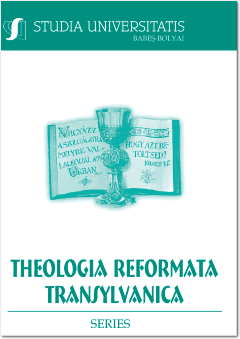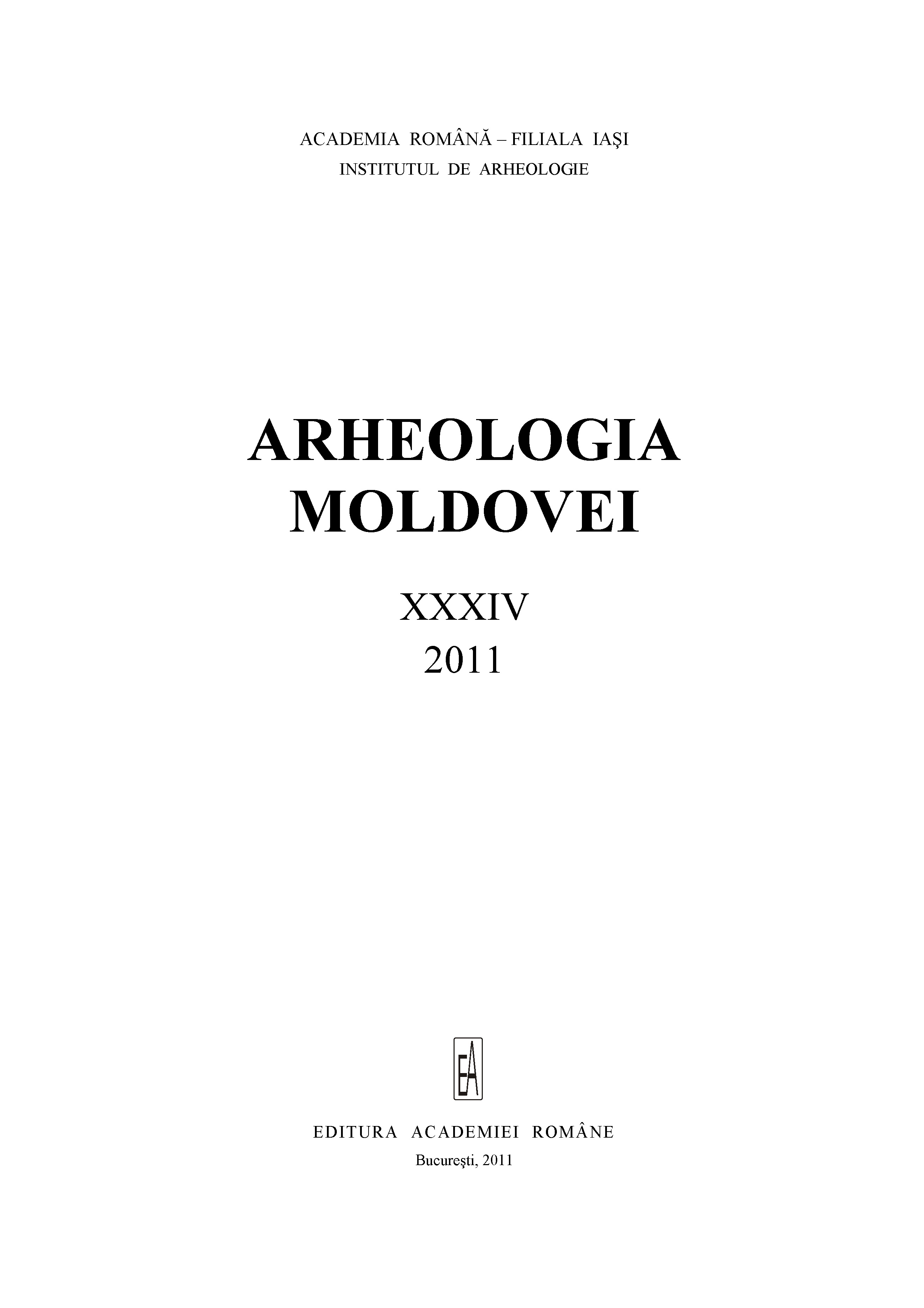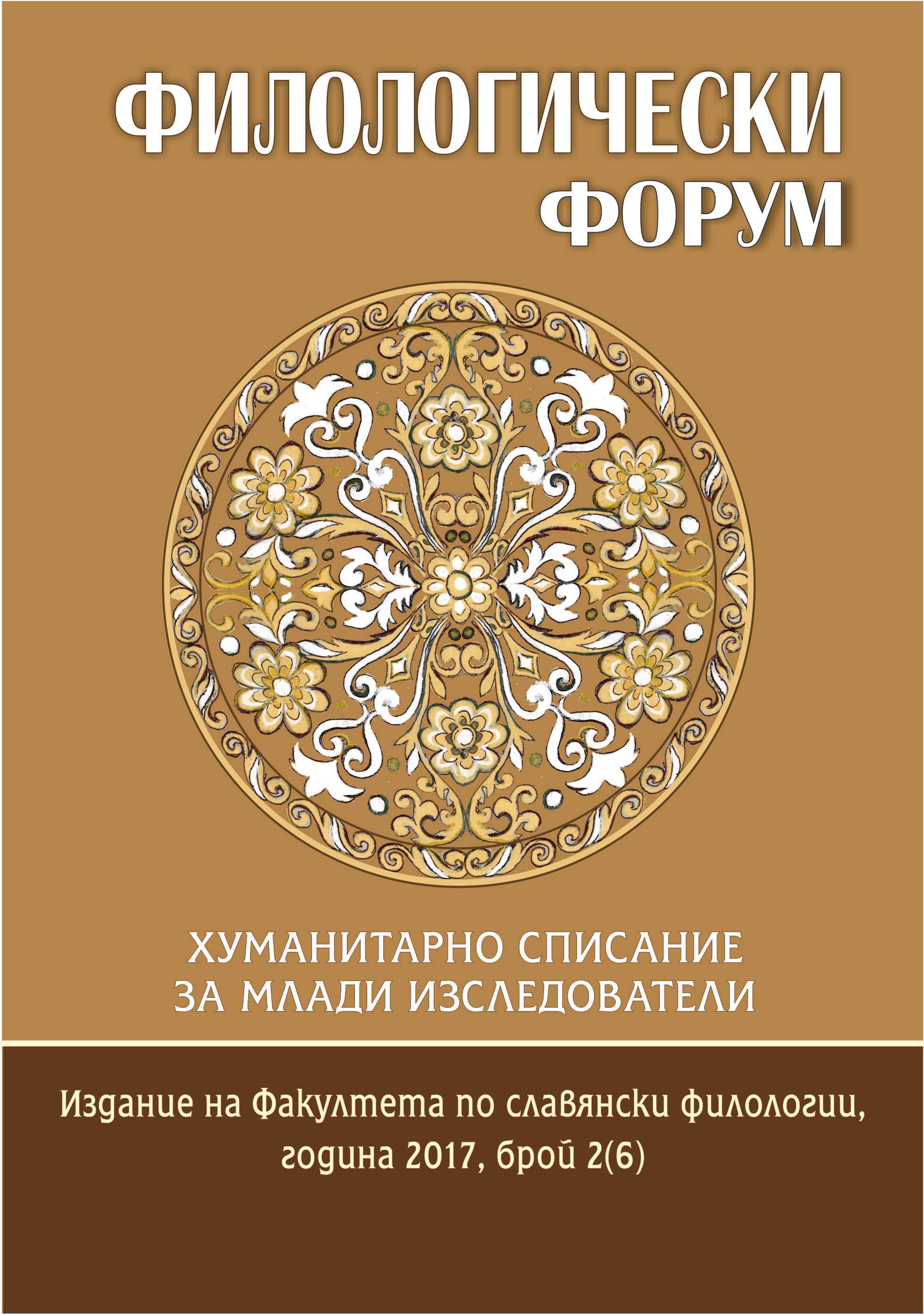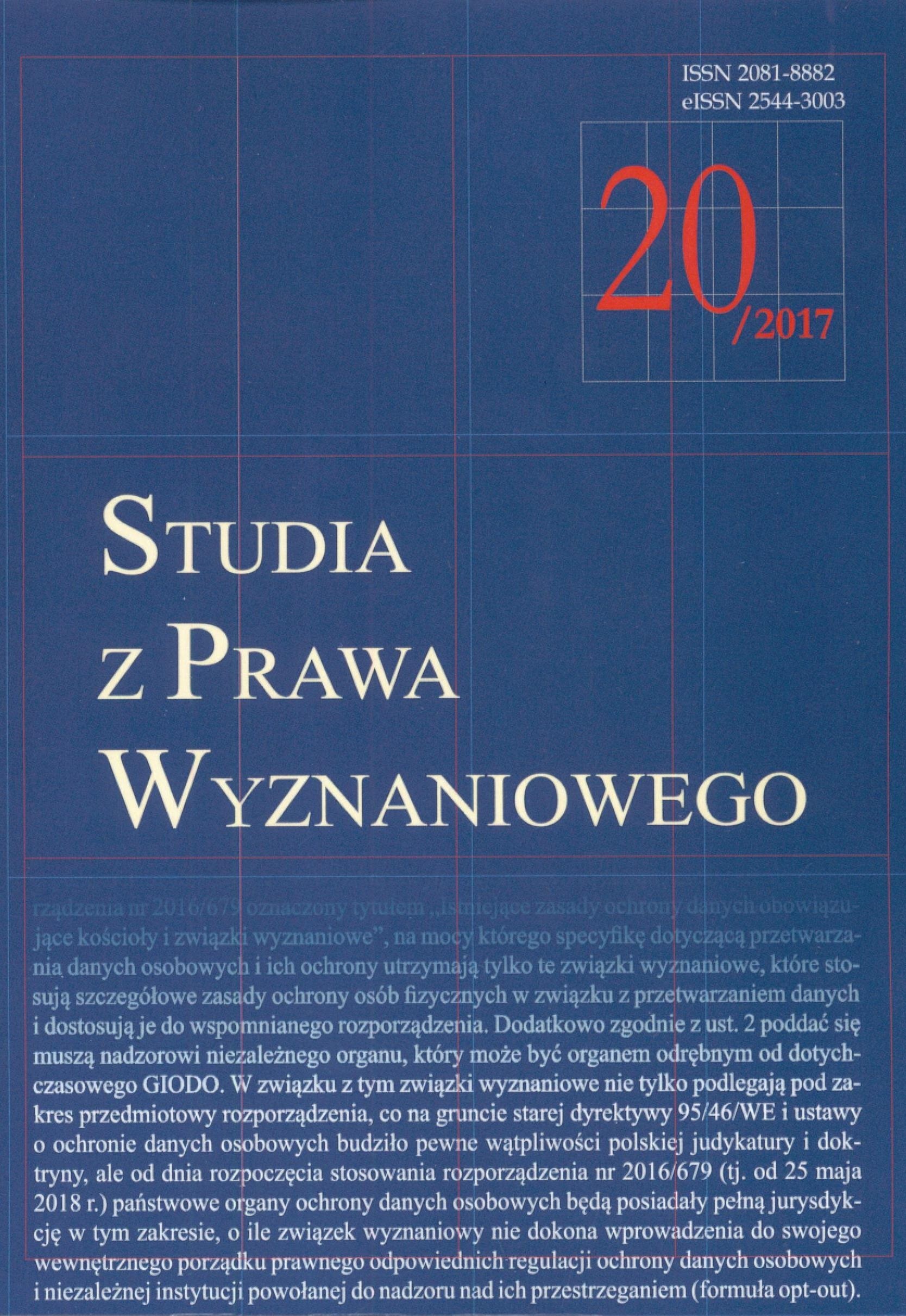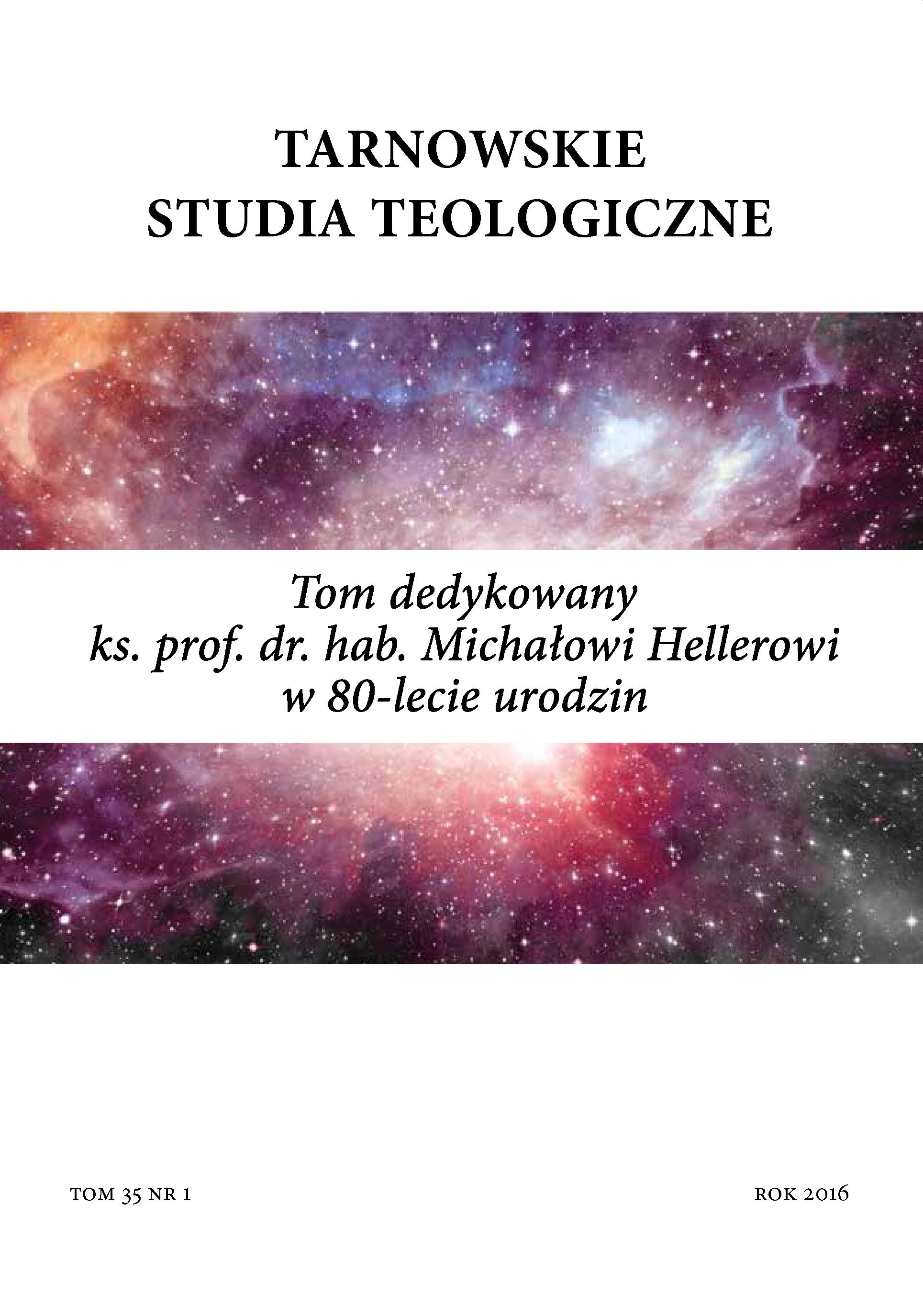
Koncepcja cudu Johna Henry’ego Newmana na tle antytaumaturgicznego argumentu Davida Hume’a
W artykule podjęta została próba całościowego ujęcia koncepcji cudu w myśli Johna Henry’ego Newmana. W tym celu ukazano ją na tle głównej idei podważającej wiarygodność świadectw o cudach, a w konsekwencji prawdziwość cudów, którą sformułował David Hume. Kolejnym krokiem było przedstawienie ujęcia Newmana, które zawiera się w tradycji interpretacji natury tych zjawisk jako znaku. Oryginalny wkład Newmana w dyskusję na temat cudów przejawia się w podkreśleniu roli uprzednich prawdopodobieństw w ocenie wiarygodności tych świadectw. Inspirujące jest także powiązanie uprzednich prawdopodobieństw z dyspozycją religijno-moralną podmiotu poznającego. Wnioski Newmana podważają tezy Hume’a o bezzałożeniowej (neutralnej) ocenie zjawisk nadzwyczajnych. The following article is an attempt to outline the holistic vision of miracles as provided in John Henry Newman’s thought. The abovementioned concept was presented in relation to David Hume’s theory questioning the credibility of testimony on miraculous events that eventually led to prove the truth of miracles. Subsequently, Newman’s arguments concerning interpretation of the nature of miracles as signs. Here, Newman’s concept on the importance of antecedent probabilities in the assessment of testimony credibility could be seen as an original contribution to the dispute on miracles. Moreover, the relation between antecedent probabilities and personal disposition, both religious and moral one as such, is developed. The conclusions drawn by Newman serve to undermine the theory advocating the neutral assessment of supernatural facts as provided by Hume.
More...
